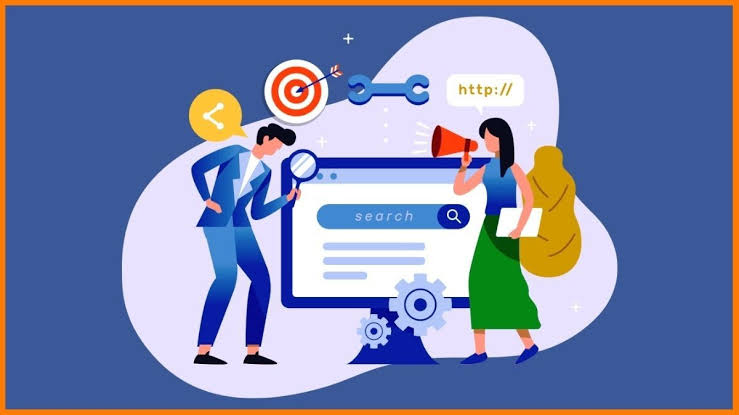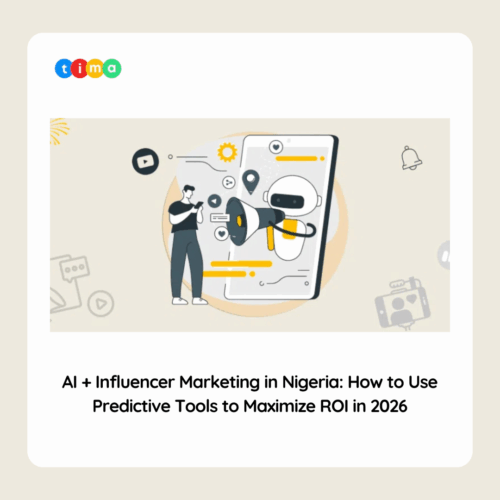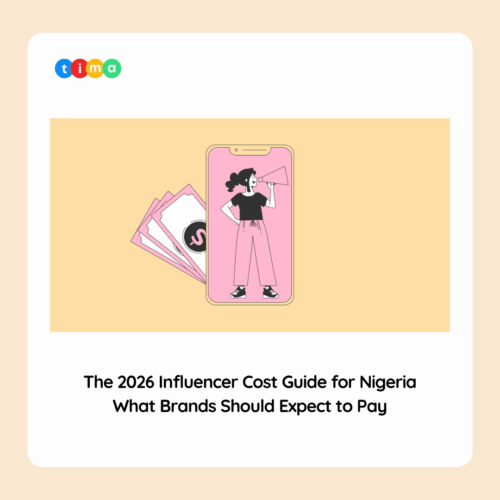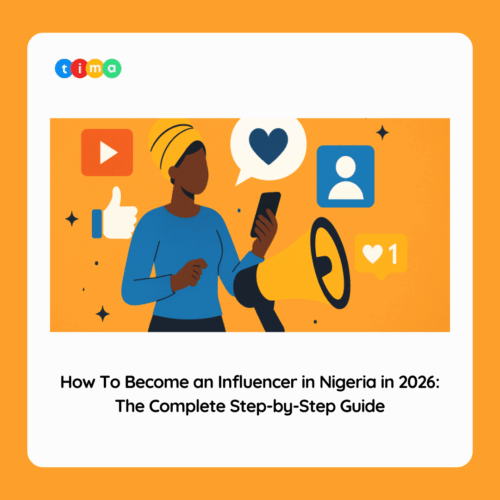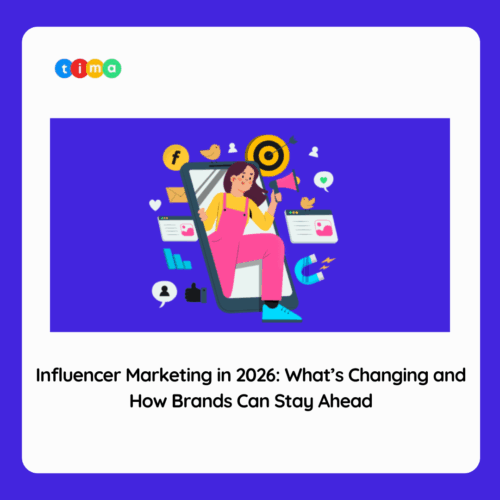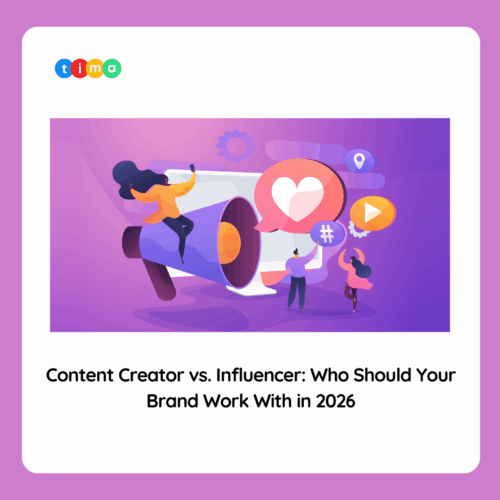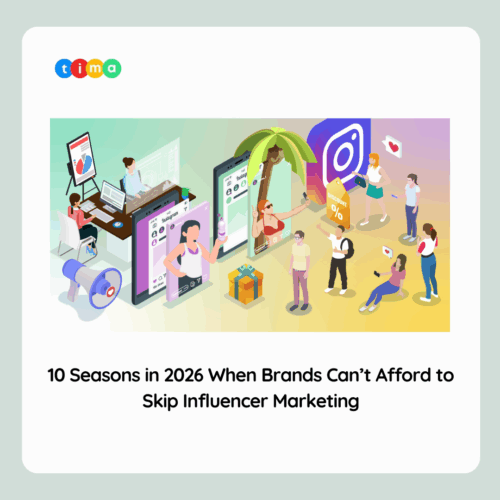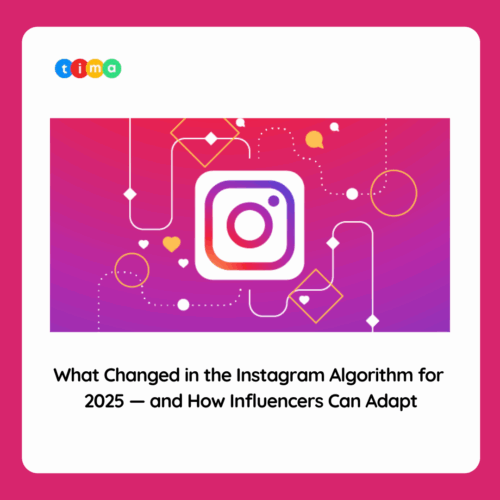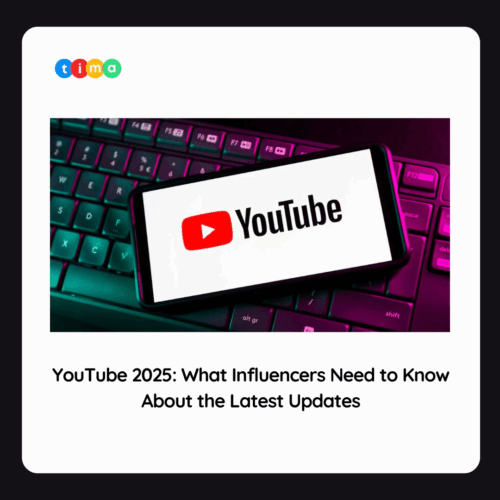Influencer marketing has become a crucial tool for brands looking to engage their target audience. With 93% of marketers now using influencer marketing , it’s clear that influencers impact far more than just brand awareness. They play a pivotal role throughout the entire customer buying journey, from awareness to post-purchase behavior, reshaping how customers discover, evaluate, and engage with brands. This article explores the various stages of the customer buying journey and how influencer marketing affects each phase, supported by relevant data and metrics.
The Customer Buying Journey
The customer buying journey typically consists of five key stages:
- Awareness: The customer becomes aware of a problem or need.
- Consideration: The customer begins exploring solutions to their problem.
- Decision: The customer chooses a product or service.
- Purchase: The transaction is completed.
- Post-Purchase: The customer evaluates their purchase and engages with the brand.
Let’s break down how influencer marketing impacts each stage and the metrics to track its effectiveness.
1. Awareness Stage: Generating Visibility
The awareness stage is the first point of contact between a brand and its potential customer. Influencers, particularly macro and celebrity influencers, are instrumental in generating brand visibility. With millions of followers, they introduce brands to vast audiences, often through organic and engaging content.
How Influencers Impact the Awareness Stage:
- Reach and Impressions: Influencers amplify a brand’s message, leading to increased exposure. According to research by Tomoson, businesses generate $6.50 in revenue for every $1 invested in influencer marketing . This ROI highlights the efficiency of influencers in creating awareness.
- Engagement Metrics: Metrics such as likes, shares, and comments can indicate how well an influencer’s content resonates with their audience. Instagram influencers boast an average engagement rate of 5.7%, significantly higher than traditional digital marketing channels.
Awareness Metrics to Track:
- Impressions: Total number of views on influencer content.
- Reach: Number of unique users who see the content.
- Brand Recall: Surveys or tools like Google Trends can measure how often customers remember the brand after seeing influencer content.

2. Consideration Stage: Educating and Nurturing Leads
Once consumers are aware of a product, they enter the consideration stage, where they research and compare different solutions. Micro-influencers and niche experts shine here because their followers often perceive them as more authentic and knowledgeable. These influencers provide valuable insights, reviews, and demonstrations of products, which can significantly impact the decision-making process.
How Influencers Impact the Consideration Stage:
- In-Depth Product Reviews: Influencers build trust by sharing detailed, honest reviews, helping potential customers evaluate whether a product meets their needs. 92% of consumers trust recommendations from individuals, even if they don’t know them personally, over brand content .
- Content Variety: Influencers use different content formats—unboxings, tutorials, comparisons, etc.—to provide the necessary information in a way that’s easily digestible. This allows consumers to engage with the content at their convenience, further driving consideration.
Consideration Metrics to Track:
- Engagement Rates: Comments and discussions about the product in influencer posts.
- Click-Through Rate (CTR): The percentage of viewers who click on a link to learn more about the product.
- Time Spent on Page: Tracking how long potential customers engage with product-related content can indicate their interest level.

3. Decision Stage: Converting Prospects into Customers
During the decision stage, potential customers are ready to make a purchase but may still be comparing options. Here, influencer recommendations and promotional content, such as discount codes or limited-time offers, can nudge consumers toward a buying decision.
How Influencers Impact the Decision Stage:
- Exclusive Discounts and Offers: Influencers often share exclusive discount codes or limited-time offers, which can create a sense of urgency and push followers toward making a purchase. 63% of consumers trust influencer messages more than brand messages when deciding what to buy .
- Social Proof: Influencers, by sharing their personal experiences and showing their trust in the product, provide social proof. Seeing that someone they admire and trust uses a product makes customers more confident in their decision.
Decision Metrics to Track:
- Conversion Rate: The percentage of people who purchase after interacting with influencer content.
- Use of Promo Codes: Tracking how many purchases result from influencer-specific discount codes.
- Attribution Models: Tools like Google Analytics can attribute sales to influencer campaigns, helping brands understand the direct impact influencers have on purchases.

4. Purchase Stage: Sealing the Deal
The purchase stage is where the customer commits to the product. Influencers, particularly nano and micro-influencers, play a key role here by maintaining authenticity and making their followers feel confident in their purchasing decisions.
How Influencers Impact the Purchase Stage:
- Affiliate Marketing: Many influencers use affiliate links that track purchases made through their content. This not only incentivizes influencers but also helps brands measure the direct impact of influencer campaigns on sales.
- Shoppable Content: Platforms like Instagram have introduced shopping features that allow users to purchase directly from influencer posts. In 2023, Statista reported that over 80% of consumers have made a purchase through social media after seeing an influencer’s post .
Purchase Metrics to Track:
- Sales Volume: How many products are sold as a direct result of influencer promotions.
- Average Order Value (AOV): The average amount spent by customers who purchase through influencer content.
- Purchase Path: Tracking the customer journey from influencer content to purchase via tools like UTMs (Urchin Tracking Modules) or custom tracking links.
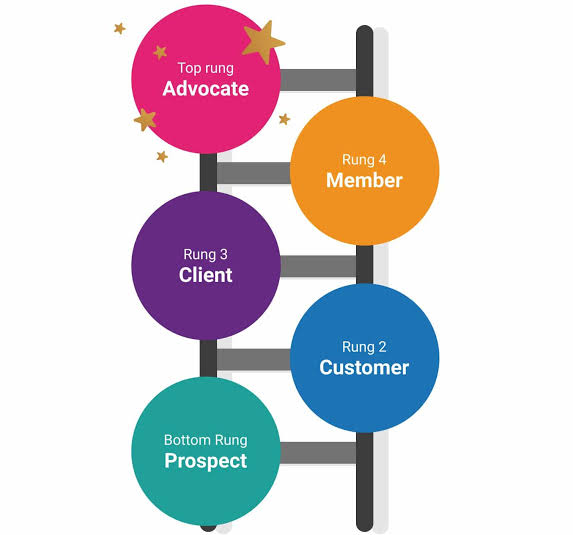
5. Post-Purchase Stage: Encouraging Loyalty and Advocacy
Influencer marketing doesn’t end at the point of sale. Influencers help keep customers engaged post-purchase, encouraging them to share their experiences and build a loyal community around the brand. This stage is crucial for long-term customer retention and brand advocacy.
How Influencers Impact the Post-Purchase Stage:
- User-Generated Content (UGC): Influencers often encourage their followers to share their experiences with the product. This UGC acts as free promotion and reinforces the brand’s community, fostering a sense of belonging.
- Engagement and Feedback: Influencers can initiate conversations about how the product is used and gather feedback that helps brands improve and develop customer relationships. Research shows that 61% of consumers are more likely to buy again after engaging with UGC .
Post-Purchase Metrics to Track:
- Customer Retention Rate: The percentage of customers who make repeat purchases after influencer campaigns.
- Referral Traffic: Monitoring traffic that comes from users sharing influencer content or UGC.
- Brand Advocacy: Measuring how many customers become advocates or loyal fans of the brand after being influenced by marketing campaigns.
Conclusion
Influencer marketing affects every stage of the customer buying journey, from creating awareness to fostering loyalty and advocacy. Brands that strategically work with influencers can harness their power to guide consumers through this journey, while metrics like conversion rates, engagement, and customer retention help quantify the success of these efforts.


